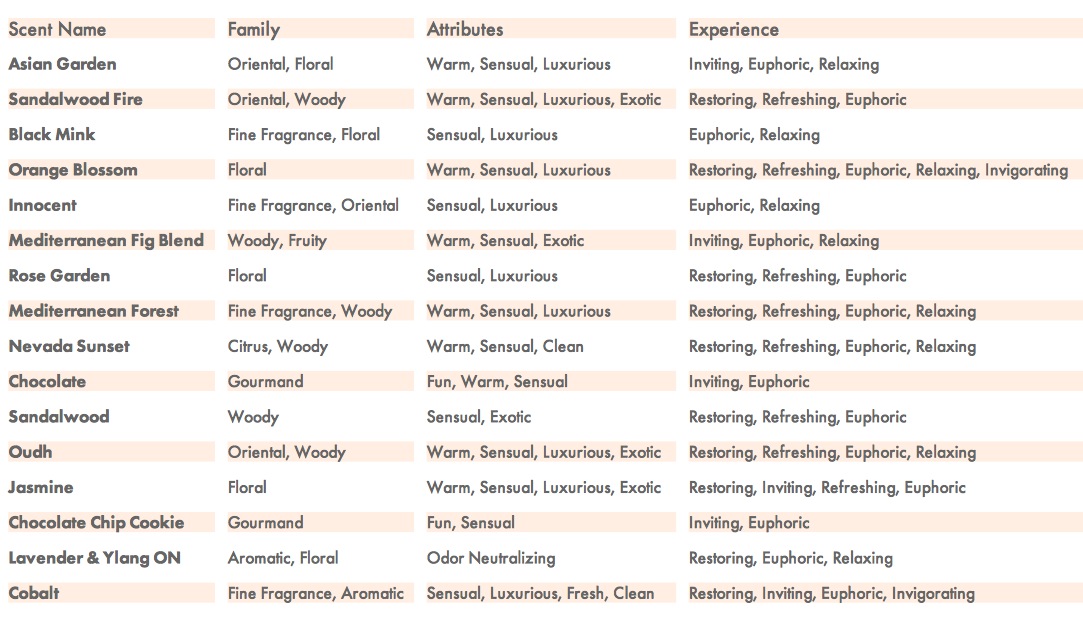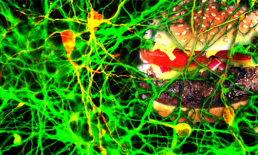The Rise of Neuro-Marketing
Ever go into a mall parking lot and smell delicious and tempting food wafting from a restaurant nearby? Ever notice the smell of coconut in the swimsuit shop? And you might not have realized the reasons for the increase in your shopping behaviour after being served a scrumptious food sample. Or that uncharacteristic decision you made after seeing a sexy poster on the wall earlier.
These are examples of neuro-marketing. It’s not new, but it is now well-understood and getting sneakier and sneakier, or as marketers, we should say “better and better”. It’s all about the promise of reward and it is caused by the release of dopamine inside the brain.
We used to think that dopamine caused pleasure, but it took two young scientists (Olds and Milner, 1953), who weren’t quite lab-skilled enough yet, to miss-position their electrodes inside a rat’s brain, not hitting the desired area that causes a fear response. They were trying to zap the rat into the fear response to stop him from pushing a lever which he had been trained to push.
Instead, the rat kept pushing it after every shock. It would push the lever to get a shock. It would even cross an electrified floor, damaging its feet, to get to the lever (poor little guy).
The scientists at first thought that they had a masochistic rat on their hands but then discovered that they had missed the mark and instead hit a spot in the brain that seemed to produce incredible pleasure. They called their new discovery the brain’s “pleasure centre”. But that was not quite right.
Back in those days it was easier to take these experiments into the human laboratory and some other scientists did just that. They replicated the experiment with humans with the result that subjects argued about having to stop pushing the lever and one continued to push it over 200 times without any shock before they finally kicked him out. (This new science led to the practice of brain stimulation for a wide range of mental disorders, all based on assumptions that were not correct.)
They hadn’t discovered the pleasure centre, they had discovered the reward system of the brain, a part of the brain’s most primitive motivational systems, one that evolved to push us towards action and consumption. This…so we wouldn’t get bored in our efforts to attract a mate or go find some more food.
The perfect spot for marketers to play! Down there where the neurons live.

Not only does it propel us to desire something, but it can do so with products we don’t even want. Further, and worse, it can confuse us into doing things we wouldn’t normally have done had our brains not been flooded with dopamine.
We’re not good at distinguishing dopamine’s push to ‘seek’ reward from ‘receiving’ the actual reward itself.
One 28-year old Korean man died of cardiac arrest after playing the Star Craft video game for over 50 hours straight, not eating or stopping for anything. His rush was on full-time. A study found that video game use can lead to dopamine levels equivalent to amphetamine drug use. Dopamine stimulation can cause us to have affairs, to eat the whole chocolate cake, to gamble beyond our normal limits and to become addicted to porn sites.
Dopamine also makes you susceptible to unrelated types of temptation. Exotic images can help us to make bad financial decisions and the hope of winning the lottery can make us overeat. Dopamine neurons make us alert, awake and captivated, ready to buy grocery items that we had never expected to buy. The tasty food sample. as we enter the store, sets our brain in gear to buy more than we intended to. Dopamine appears to let us loose. Inhibitions are lessened and super-powers are improved.
Interestingly, dopamine neurons are less responsive to familiar rewards. Makes sense. That’s why Starbucks keeps changing up their menu and why McDonald’s keeps adding new food items. They also craft their recipes with the right combination of sugar, salt and fat to get our dopamine neurons running amuck. A client, a Canadian regional restaurant manager of a global fast food chain once said to us that salt is their secret ingredient, giving us the craving to go back to his restaurants every two to three weeks. Guess which one that was.
And some of these companies are piping simulated food odours from vents near their buildings, all to increase dopamine levels. A company named ScentAir specializes in this. One of their clients, Bloomingdales, uses baby powder in the maternity department to speak to a mother’s memory. They use coconut in the swimwear area and lilac in the intimate apparel section. At Christmas, you’ll smell sugar cookie, chocolate and evergreen.

The above screennshot is from ScentAir’s website. Does “Euphoric” actually mean dopamine inducing?
Lotteries use dopamine in the form of “imagine what you could do with one million dollars”. You get excited. The bells ringing, lights flashing, half-naked women servers, cheap or free liquor and all-you-can-eat buffets are also big dopamine spikers. Stores put their most tempting items front and centre to get your levels up on arrival.
As dopamine causes us to seek reward but not to reward us, it also causes frustration and anxiety. Marketers use this feature best with Door Crasher specials, Limited Quantities Only, and short-term bargain sales. Our primitive hunter/gatherer instinct kicks in with a dopamine rush and we head out to reduce this anxiety.
Because we have trouble distinguishing the desire for reward from the actual reward, dopamine causes us to continue to pursue things that don’t make us happy. One woman found that when she wanted to feel good, she would go shopping, as many of us do. She enjoyed the ride there and felt good entering the mall and enjoyed the window shopping, but she felt rushed in the store and felt a time pressure to pay and get out.
The dopamine worked to make her feel good about the pursuit of the reward, but the getting of the reward was not rewarding. This happens to us all in many ways. Dieting, drinking too much, not exercising, flirting, watching pornography, gambling and going to the dollar stores for one thing and coming out with ten “bargains”. Not great for customer retention you’d think, but it seems to keep working. She decided to stick with window-shopping and was much happier when she realized that the thrill ended there.
So, dopamine, and the seeking of rewards, are confusing the heck out of us without us knowing, and making us sitting targets for marketers. But, it also makes us marketers that much more penetrating and effective. It is used with military precision and is incredibly successful.
You can train yourself to notice it, and when you do, you can diminish its effects, but few are ever aware of it happening to us. And it lurks around every corner.
With a lot of inspiration and logic from a book called “The Willpower Instinct: How Self-Control Works. Why it Matters and What You Can Do to Get More of It”, by Kelly McGonigal, Ph.D.



